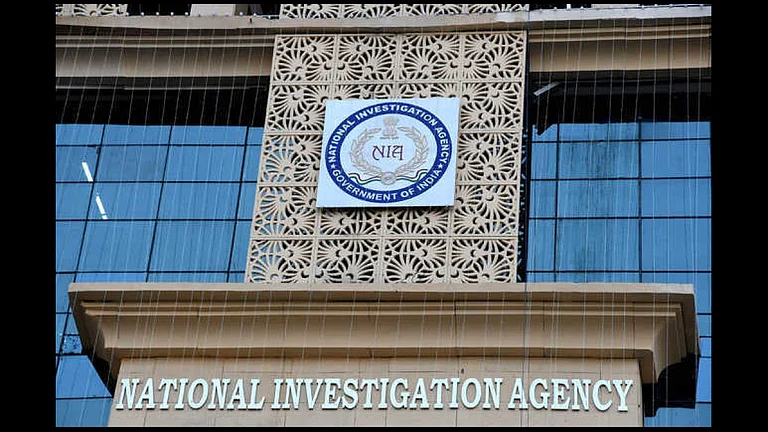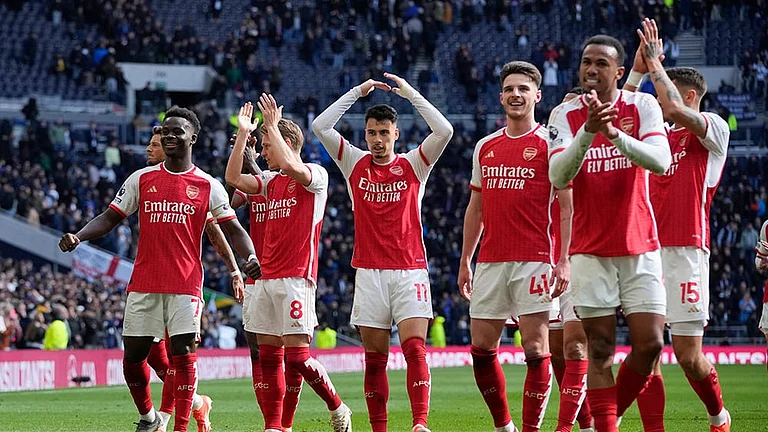What does it feel to return to a place of learning and social exchange in a spirit of fear? What might a campus look like when all interaction is tinged with suspicion? Are you clean? Is the air clean around us? Will I remain clean after this chat with you? Oh, sorry, didn’t get what you said. The mask muffled your words. Can you repeat, please?
What choice do we have? What do we do when the two primary indices of human wellness – health and education – get locked in a long-drawn conflict with each other?
The reopening of campuses, from kindergarten to the university, has to be thought of as a long and staggered process rather than a singular decision. Given the easing of Corona cases across India and the vast learning loss suffered by some of the most vulnerable student populations in the country, now is the time to begin the process of campus reopening. But we must be prepared to think of this as a process that takes as long as a whole year for all campuses to return to the pre-pandemic level of operations. And that too is based on the assumption that the virus continues to be on the gradient of decline in the foreseeable future.
Equally important is the fact that we must be ready for a one-step-forward, two-steps-back scenario; or for that matter, two-step-forward and one-step-back. Confident linear progress towards the return to normalcy can easily be ruled out for the current academic year. Last autumn, colleges and universities across the US rushed back to face-to-face instruction, only to close down classes and dorms in a matter of weeks as campuses became Covid hotspots, and the loss of resources and the mental health disaster that ensued from the rushed closures – to say nothing of the stranded international students – was a nightmare that should be avoided the world over.
What should have been a decision governed primarily by science has become deeply tinged by politics, and primarily of the wrong kind. Responses to the pandemic and the restrictions required for safety has come to be seen as inseparable from infringement on personal freedom. For right-wing groups and lobbies in the West, everything from masks to vaccines has become threats to individual liberty. The inflammation of the Delta variant across southern states in the US, where Republican leadership has seriously hindered preventive measures, is a burning case in point. In a country like India, reactionary groups such as those in the Hindu Right have countered science with pseudo-science, often with spurious Vedic roots.
No event that affects human populations is ever apolitical. There is the right kind of politics associated with our response to the pandemic, and one of its most crucial roles is rooted in the manner in which we implement our students’ return to campus. As an education commentator who spent much time since the beginning of the pandemic observing its devastating impact on the nation’s poorest and vulnerable students, the socio-political angle to our approach to a return to campus is very clear: We must prioritize the return needs of those who have lost the most from the prolonged shift of education to the virtual medium, indeed for the population for whom this has been no education at all, to say nothing of the complete depletion of safety, nourishment, and several other essentials of life.
Yet another reason not to think of campus re-opening as not a singular or monolithic process. Not only should it be staggered over time, but it should also be staggered across the spectrum of learning and social needs, based not only on the level of learning, but also across the spectrum of social needs, privileges, and safety nets.
The UNICEF had pointed out the disastrous impact of school closure on vulnerable children right at the outset of the pandemic. “Rising inequality, poor health outcomes, violence, child labour and child marriage are just some of the long-term threats for children who miss out on school,” Henrietta Fore, the UNICEF’s executive director had said in a report published in April 2020. “We know the longer children stay out of school, the less likely they are to ever return. Unless we prioritize the reopening of schools – when it is safe to do so – we will likely see a devastating reversal in education gains.”
More than a year later, we are in the middle of these consequences. In an interview with The Wire earlier this month, Anurag Behar, the Vice-Chancellor of Azim Premji University, and the CEO of the Azim Premji Foundation pointed out that the realization of the real crisis will begin when schools reopen, as children had never faced a learning loss of this magnitude before. Following the reopening, a substantial length of time will have to be devoted just to recover the losses. While learning loss would affect students across the board, it is easy to get which social strata have been the most pointedly defined by this disaster.
Internationally, organizations have recommended prioritizing return to campus for the most vulnerable students. A McKinsey report, also published last year, recommended reopening first for low-income students, the group the least likely to have functional and reliable internet service and devices to support remote learning. Moreover, they are also more likely to depend on schools for non-academic support and hence gain the most from a return to campus, including nutrition, counselling, and social support. Likewise with students with disabilities – especially those which make remote learning especially difficult – might be better served by educational specialists on campus. The report also recommends prioritizing the return to campus of children of essential workers, who may not have the option of staying at home to support their children.
Just as some students are vulnerable, many teachers are too – indeed most of whom will be in the age group vulnerable to Covid, unlike younger children. Teachers who are at a higher risk of developing COVID-19 should be identified in advance of school reopening and provide remote instruction to students who are also still at home.
It is urgent that we understand that campus reopening will be a prolonged process staggered in a range of complex directions – only then can we strike the best balance between the needs of public health, social equity, and education.
While the urgency of the needs of poor and vulnerable student populations may not be obvious to everybody, most of us are slowly becoming familiar with the wide range of restrictions and safety measures with which we will have to live for the indefinite future as we return to physical venues of education. The cancellation of large gatherings, staggered scheduling of classes and meetings with different groups and cohorts, and a combination of online and in-person instruction will help to populate the campus with limited people that is essential to maintain safe social distance.
The recent UGC guidelines on campus reopening indicate the potential return of a select population of students so as to maintain the low density of campus population at any given time. They recommend inviting research scholars, post-graduate students in science and technology programmes and final-year undergraduate students who need placement. The total number of people on campus at any given time should not exceed more than half the total student population.
Finally, there is the state of the disease on campus. Along with as frequent testing that resources and social conditions allow, institutions need to be clear and transparent about the number of tests, infections, and hospitalizations among staff and students both on and off-campus. This will consolidate public trust in institutions and keep alive a culture of awareness.
What we have is a long-drawn situation of conflict between the fundamental interests of society. As a school or university system considers a timeline of reopening, the McKinsey report recommends a full consideration of four interlocking components: risks to public health, schools’ importance to economic activity, impacts on students’ learning and thriving, and safeguarding readiness.
Let’s face it. It’s going to be a long and uneven process, filled with fear and suspicion, more for some than for others. It is up to us to turn it into an atmosphere of support and trust.
For that, we need to take a long and hard look at who needs to return to campus on the most urgent basis. And it is a question inseparable from those of privilege and marginalization.
(With research input by Harshita Tripathi)
(Saikat Majumdar writes about arts, literature, and higher education. @_saikatmajumdar. Views reflected in this article are personal and may not reflect the views of Outlook Magazine.)

























